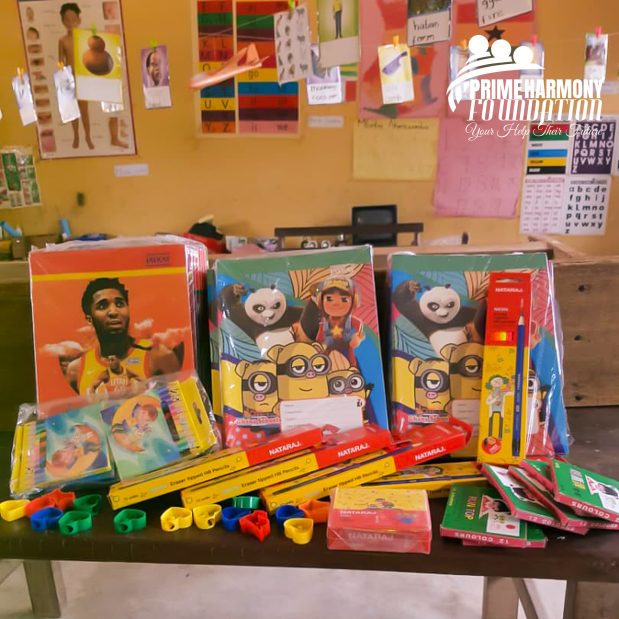What we do
Provide assistance
Our main focus is to actively contribute to the fulfillment of the needy or furtherance of their effort and purpose. We understand that many individuals and communities face significant challenges, and it is our responsibility to step in where we can. If there is the need for aid, assistance or help that is within our means, PHF is willing to provide any assistance, whether it be material support, technical assistance, or guidance when needed. Our commitment goes beyond mere generosity; we strive to empower those we assist by offering resources and knowledge that can create lasting change. PHF responds to calls from villages for assistance in education and other areas when the need arises, ensuring that our efforts align with the specific requirements of the communities we serve. By building strong relationships and listening to the voices of the locals, we can tailor our support to address their unique challenges and aspirations.
Food
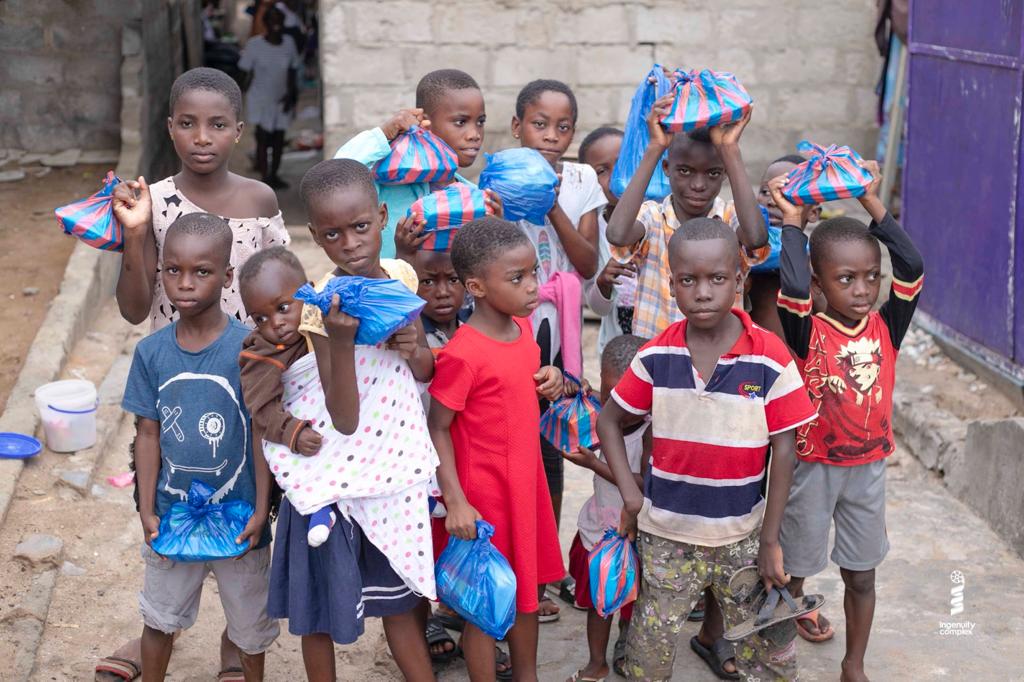
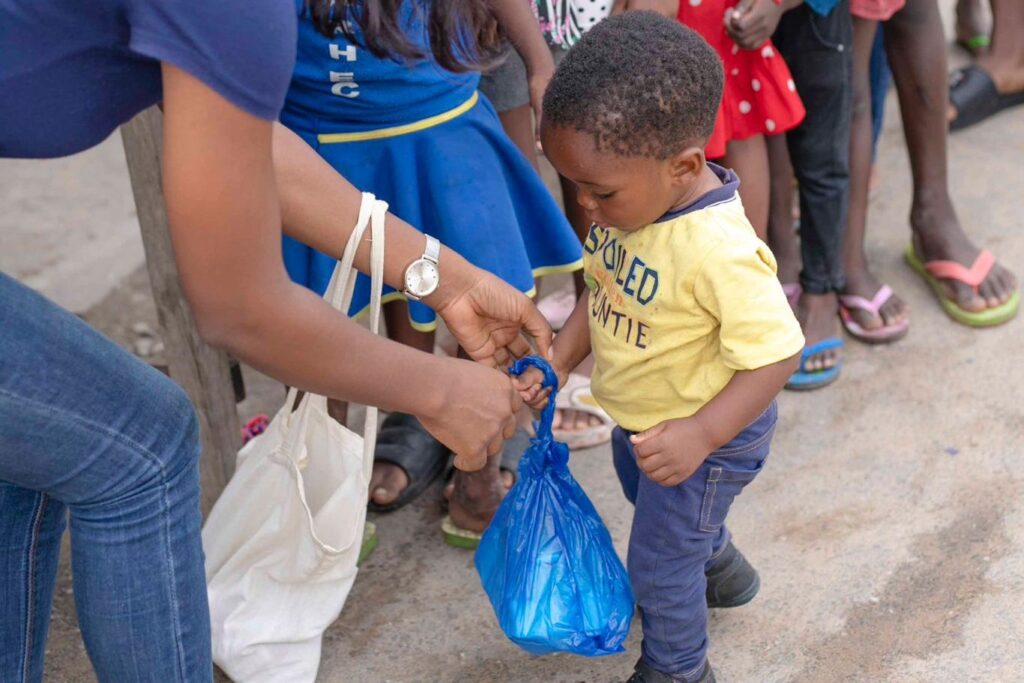
Poverty is a major cause of hunger and malnutrition, contributing to a cycle that is difficult to escape. Despite rapid urbanisation in many parts of the world, poverty and food shortages remain largely rural challenges, deeply intertwined with inefficient food systems that fail to meet the needs of vulnerable populations.
In Ghana, the food shortage crisis is particularly acute in the northern regions, where climatic issues exacerbate the situation and create significant barriers to agricultural productivity. The northern region of Ghana is home to approximately 90% of households that rely on agriculture as their primary source of livelihood; however, these farmers face unique challenges, as they experience only one rainy season throughout the year compared to the two rainy seasons enjoyed in the southern parts of the country. This stark contrast results in limited planting opportunities and reduced crop yields, leaving many families struggling for sustenance.
In response to this pressing issue, PHF is committed to making a meaningful difference with the modest funding we receive, aiming to support the less privileged members of our community. By providing resources and assistance, we strive to ensure that all individuals have the ability to afford at least three square meals every day, moving closer to alleviating hunger and improving overall health and well-being.
Financial support
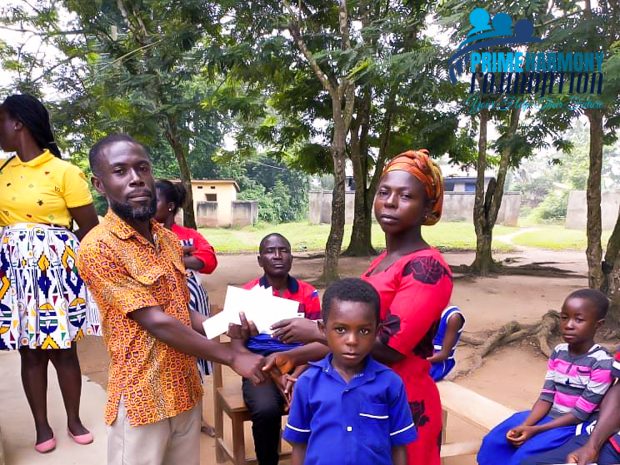
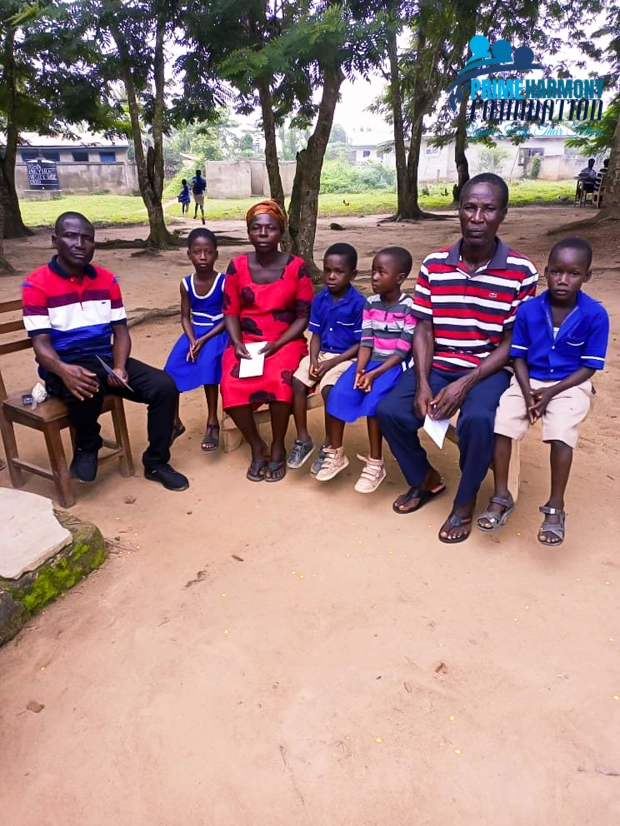
Financial support is money provided to enable an organization to thrive. This money is usually provided by the government.
An insufficiency, shortage, or absence of something required or desired.
Something that is required but is absent or in short supply.
The inability to meet payments using disposable income. Examples include: non-payments of essential bills, having to borrow further to pay existing debts.
Financial difficulty is where a borrower can’t make payments to existing credit, or they can only do so with difficulty because a change in their circumstances took place after the credit was provided.
While we all know deep down that there are many more important things in life than money, when you are struggling financially, fear and stress can take over your world. It can damage your self-esteem, make you feel flawed, and fill you with a sense of despair. When financial stress becomes overwhelming, your mind, body, and social life can pay a heavy price.
Clothing
Millions of children and adults lack access to adequate clothing, shoes, food, and water on a daily basis, a situation that often leads to significant health risks and social exclusion. The lack of clothes and shoes can lead to extreme vulnerability in harsh environments, exposing individuals to the elements and making them susceptible to illness and injury.
PHF is in its own way trying to provide for the less privileged with clothes, being it school uniforms and clothes for social gatherings or church programs, as well as essential items that foster a sense of dignity and belonging. By offering these fundamental necessities, PHF aims to empower individuals to participate more fully in their communities and pursue educational opportunities without the added burden of insecurity regarding their appearance or well-being.
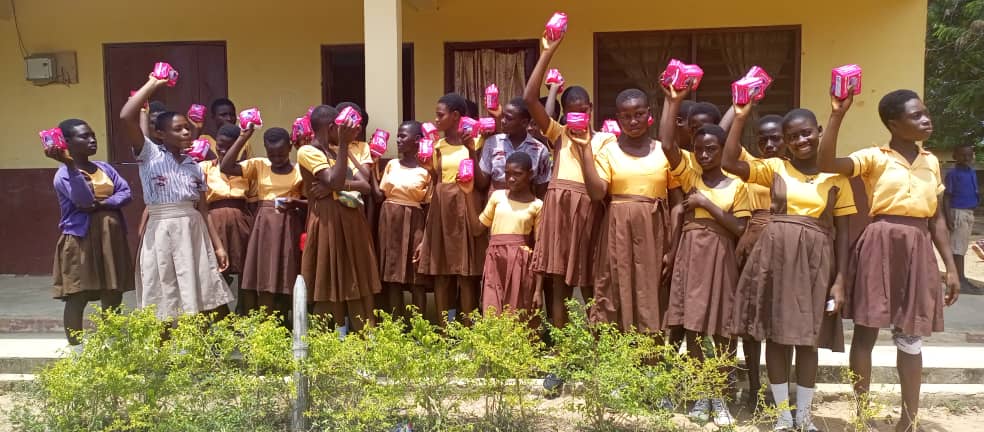
Educational Material
Learning materials can significantly increase learners’ achievement by supporting learning in various innovative ways. For example, an educational video may provide a learner with new insights, visualizing complex concepts in a manner that is engaging and easily digestible. Additionally, an appealing worksheet can offer the learner structured opportunities to practice new skills acquired in class, solidifying their understanding through interactive engagement
Materials not only serve as tools for reinforcement but also possess the ability to encourage emerging thinking processes. This encourages children to develop critical thinking skills, allowing them to have further clarity as they explore different topics while experiencing the world from multiple perspectives. Moreover, hands-on resources, such as manipulatives or digital simulations, enhance this exploratory approach by making abstract concepts more tangible. However, it is worth noting that these materials also have the potential to be employed in static and predictable ways that inadvertently shut down creativity and discourage divergent thinking.
When educational resources are utilized effectively in a learning environment, they play a crucial role in facilitating and assisting individuals’ development and learning journeys. They’re meticulously designed to reinforce learning objectives and, in some cases, allow people to put their knowledge to the test through practical applications, ensuring that education is not merely theoretical but rooted in real-world experiences.
